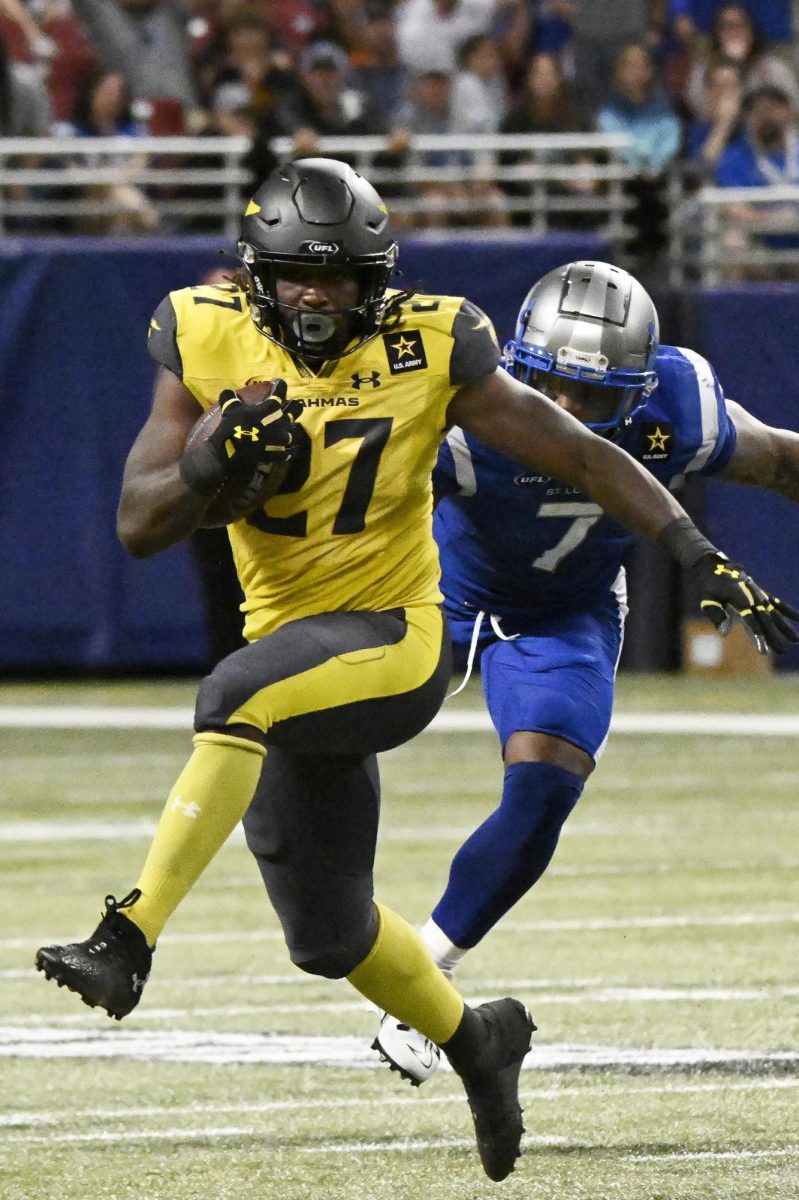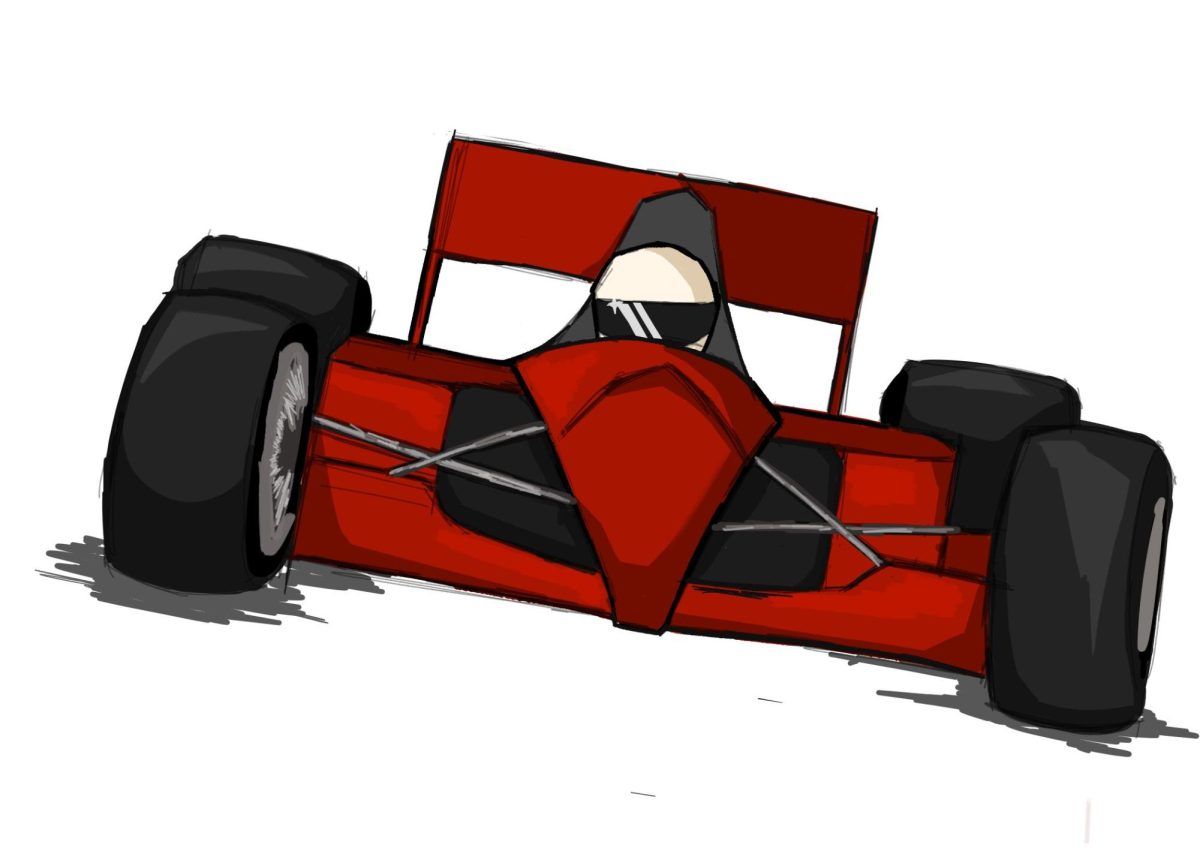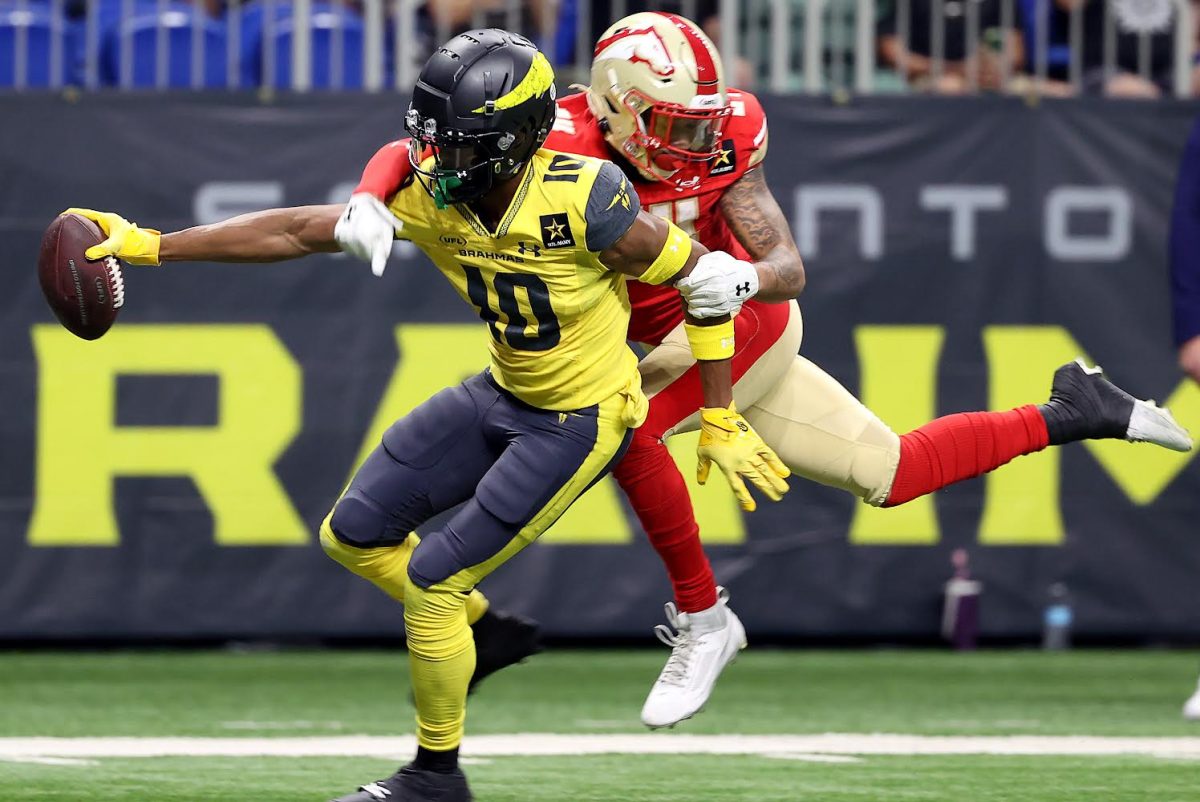

The university has the potential to add football to its list of sports, but before it can, improvements to the total athletic program need to be considered.
Last year, CARR Sports and Associates, Inc. conducted a feasibility study that established specific areas of improvement across all 16 of UTSA’s sports programs. However, only after the athletics departments operational budget is increased, the physical education (PE) building and convocation center renovated and new sports complex is added, can football become a reality at UTSA.
In a plan distributed at a Student Government Association (SGA) meeting by Lynn Hickey, UTSA’s director of athletics, head coaches and two assistants would be hired in Feb. 2008. The football team would begin practice in Aug. 2009 and play their first game in Aug. 2010.
“We’re looking at really trying to grow our program and prepare athletics at UTSA to really be an agent in providing campus life at a research tier one university of first choice,” Hickey said.
San Antonio voters will vote on May 12 whether to pass a $550 million bond, $5.5 million of which UTSA is eligible for. If approved, the $5.5 million will go towards the $60 million needed to build an athletic complex. To support the needs for the operational budgets and improvements needed to add football, the athletic department has asked SGA call for a student referendum to increase student fees.
SGA will hold elections to increase student fees Oct. 2 and 3.
Currently, the athletics fee is $10 per credit hour. Fees would increase $1 every odd year and $2 every even year until it reaches a total of $20 per credit hour, making the total increase $10 per credit hour.
“Our role is to inform the students of the election days, what it is they are voting on, and that they are as knowledgeable as possible,” Adam Cowdin, SGA president, said.
“I feel that this is an exciting time and that it’s an issue that needs to be continuously analyzed to see if it is a true benefit to our campus.”
Student fees would not cover the rest of the costs. The athletic department would then assess financial support from corporate donors and fund raising over an eight-year period to make up the remaining $15 million.
According to Hickey, the October election allows the athletic department enough time to assess how much and what kind of fund raising is needed.
“We’ll be able to tell the students, ‘look we’ve got major gifts so we know that the public supports us at this level’ so that the students can have confidence that we’ve done our job with fund raising,” Hickey said.
The athletic department’s fund raising and the contribution from student fees will comprise the first $30 million of the plan. The county bond money would then go toward funding the athletic complex.
“We want to be very much a working part of the whole mission of the university. We don’t want to go and do something out in left field that is totally opposite of what the university as a whole wants,” Hickey said.
“Students supporting this is extremely important; we could not exist without that support.”









